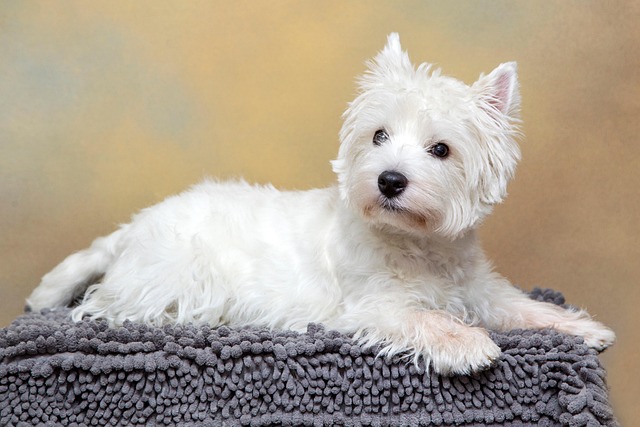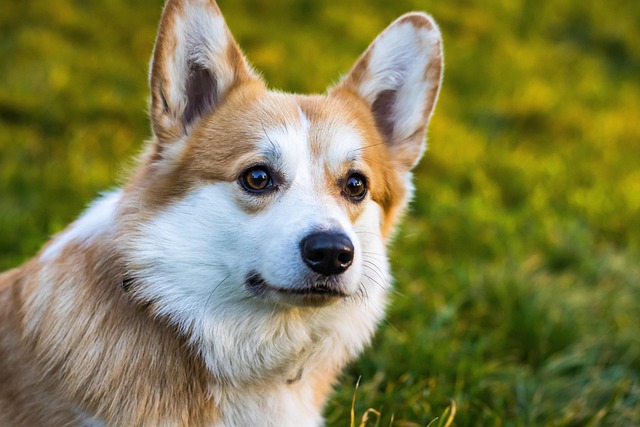
How to house train a dog in 7 days?
House training your dog doesn't have to be a daunting task. With consistency, patience, and the right approach, you can guide your furry friend to do their business in the right place within just seven days.
Training a scared dog to use the bathroom outdoors is a journey that requires empathy and consistency. These dogs often have heightened sensitivity to new environments, loud noises, or sudden movements, making traditional training methods less effective. But with the right approach, you can build trust while teaching essential skills.
First, understand your dog’s triggers. Fearful dogs might cower at the sound of doors opening, the sight of leashes, or the texture of grass under their paws. Spend a few days observing what makes them anxious without forcing interactions. This knowledge will help you create a stress-free training plan tailored to their needs.
Start indoors by creating a designated potty area. Use absorbent pads in a quiet corner away from high-traffic zones. When your dog uses the pads, celebrate with soft praise and a gentle pat, avoiding overwhelming excitement that could scare them. Gradually move the pads closer to the door over several days, rewarding each successful transition.
When it’s time for outdoor training, choose low-stress times of day like early morning or late evening. Avoid busy sidewalks or noisy areas initially. Let your dog explore the yard on their own terms, keeping the leash loose and the pace slow. If they hesitate, sit calmly nearby and toss treats a short distance away, encouraging them to move towards the grass or designated outdoor spot.
 Consistency is key. Establish a regular schedule for meals, playtime, and bathroom breaks. Dogs thrive on routine, and a predictable schedule helps them anticipate when it’s time to relieve themselves. Take your dog outside immediately after waking up, after meals, and after play sessions, even if they’ve recently used the indoor pads.
Consistency is key. Establish a regular schedule for meals, playtime, and bathroom breaks. Dogs thrive on routine, and a predictable schedule helps them anticipate when it’s time to relieve themselves. Take your dog outside immediately after waking up, after meals, and after play sessions, even if they’ve recently used the indoor pads.
Remember local regulations. Many areas have laws about pet waste disposal, requiring owners to clean up after their dogs in public spaces. Invest in biodegradable poop bags and keep them handy during walks. Some neighborhoods also have restrictions on where dogs can relieve themselves, like prohibiting bathroom use on private lawns. Familiarize yourself with these rules to avoid fines and maintain good community relations.
Positive reinforcement works wonders with scared dogs. Instead of punishing accidents, focus on rewarding good behavior. Accidents are normal, especially during the learning process, and scolding can set back your progress. If an accident occurs, clean it thoroughly with an enzymatic cleaner to remove the scent and prevent repeat offenses.
Consider the role of socialization. While training, expose your dog to new sights, sounds, and textures in a controlled way. Introduce them to friendly neighbors or calm dogs at a safe distance. Gradual exposure helps build confidence, which can translate into better bathroom habits. But always prioritize your dog’s comfort and avoid pushing them too far, too fast.
Training a scared dog takes time, and every small victory counts. Whether it’s the first time they use the outdoor potty spot without hesitation or consistently wait by the door to go out, celebrate these milestones. With patience, kindness, and a bit of creativity, your fearful friend will learn to trust the process and become a well-trained companion.

House training your dog doesn't have to be a daunting task. With consistency, patience, and the right approach, you can guide your furry friend to do their business in the right place within just seven days.

House training a dog with a crate is a tried-and-true method that plays on their natural instincts to keep their den clean. But it’s not just about shutting your pup inside—a successful crate training journey requires patience,

Returning to find your couch disemboweled or door frames gnawed raw isn't just a nuisance – it's your dog screaming in canine language that they're struggling without you.

Coming home to shredded cushions or gnawed door frames isn't just frustrating – it’s a red flag that your dog is struggling when unsupervised.

You’ve just settled onto your brand - new sofa, only to find your puppy gnawing at the armrest. Or you come home from work to discover your favorite wooden

Training a scared dog to use the bathroom outdoors is a journey that requires empathy and consistency. These dogs often have heightened sensitivity to new environments, loud noises, or sudden movements,